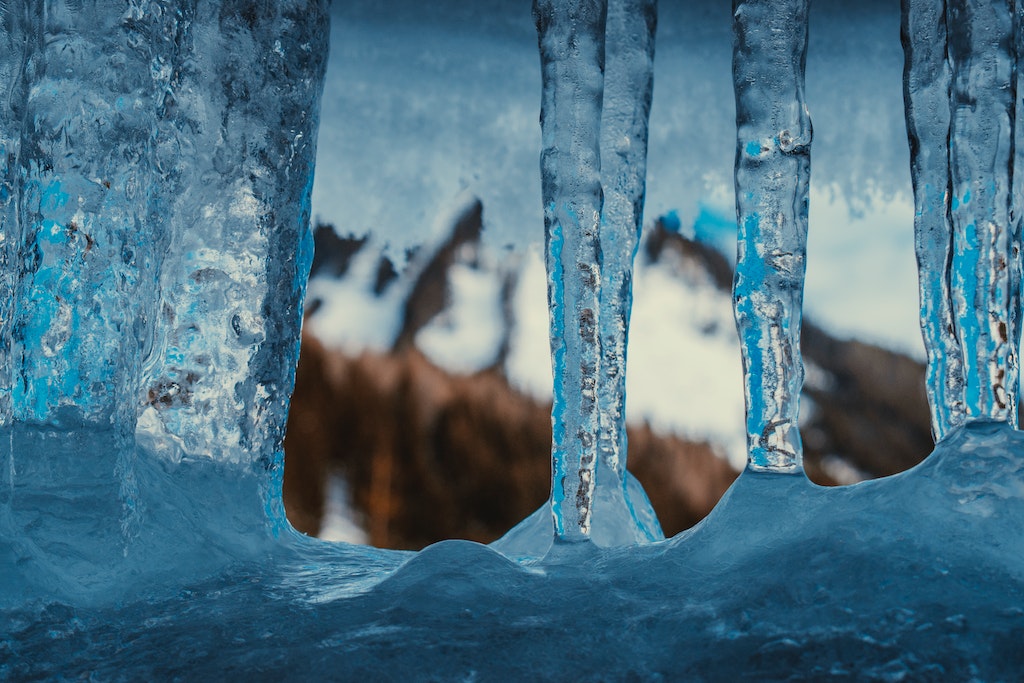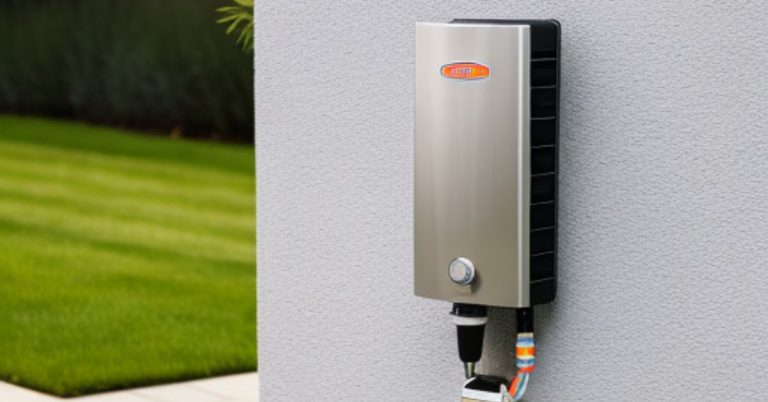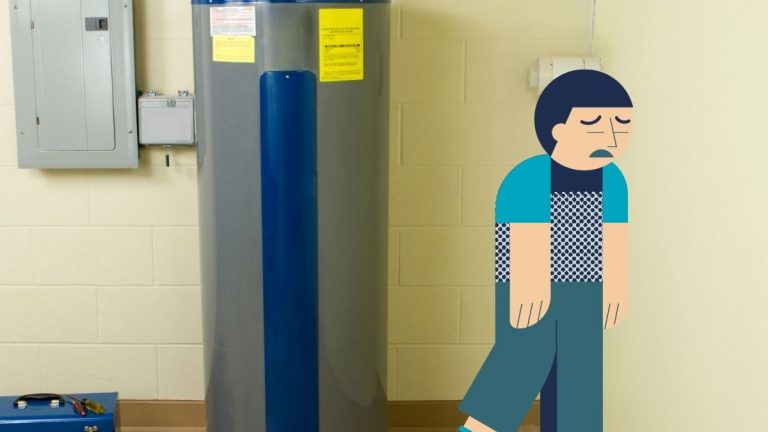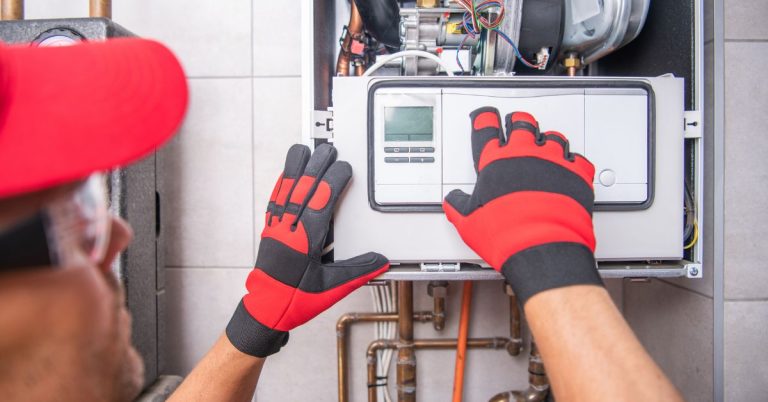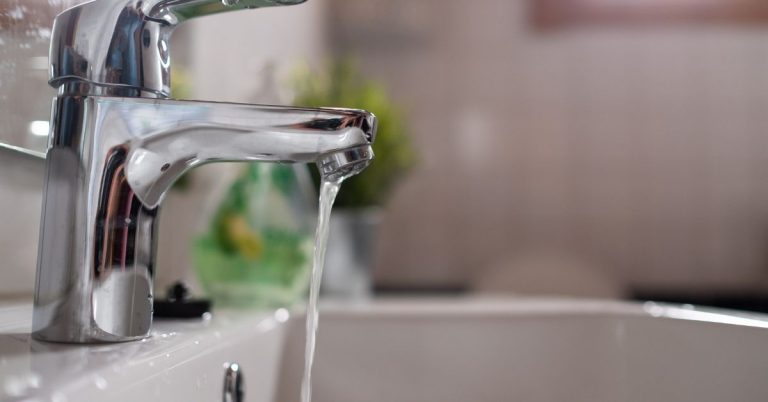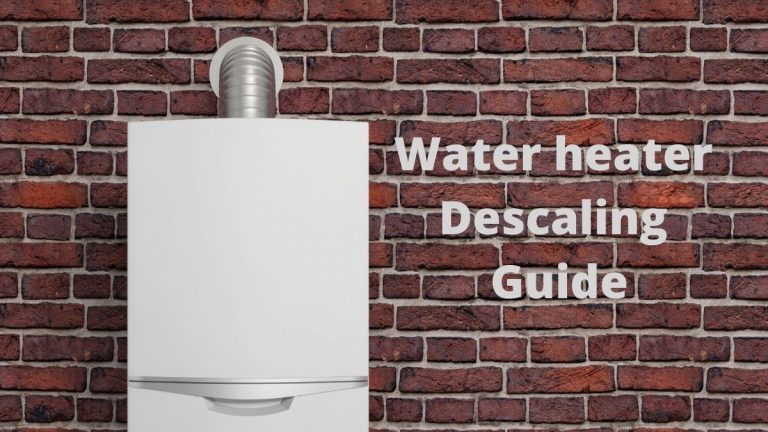Surviving a Power Outage: 6 Ways to Keep Your Pipes from Freezing
Winter is here, and with it comes the threat of frozen pipes. If you’re without power, the risk of your lines freezing is even greater. Not only can frozen pipes cause costly damage to your home, but they can also lead to a lack of running water – making everyday tasks difficult.
To prevent pipes from freezing without power, insulate exposed pipes, keep faucets slightly open to drip, seal off rooms not in use, and use alternative heat sources such as space heaters, heating blankets, and generators.
In this blog post, we’ll go over some simple and effective ways to keep your pipes from freezing without power. With the proper preparation and a little know-how, you can keep your pipes safe and running smoothly, even during the coldest winter days.
So, whether you’re dealing with a power outage or just want to be proactive, read on to learn how to prevent frozen pipes without power.
1 Insulating water pipes

Insulating water pipes is essential in preventing pipes from freezing during cold weather.
Not only does insulation help to keep the water inside the pipes at a warmer temperature, but it also slows down the rate at which heat is lost from the pipes.
It can make a big difference when power is out and you’re trying to keep pipes from freezing without any additional heat source.
Several types of insulation materials can be used for water pipes, each with pros and cons.
Foam pipe insulation covers, for instance, are a popular choice, as they are easy to install and provide a good level of insulation. These covers come in various sizes and can be cut to fit any pipe.
Another thing you can use is insulation blankets. It is usually made from fiberglass or foam and can be wrapped around pipes to insulate them. Some people even use newspaper as insulation, which can be wrapped around pipes and secured with tape.
When insulating your water pipes, it’s essential to measure the pipes and cut the insulation to the proper size. Doing so will ensure that the insulation is snug against the lines and there are no gaps where heat can escape.
It’s also important to remember that insulating the pipes in unheated areas, like the attic or garage, is crucial to prevent the pipes from freezing when the temperature drops significantly.
Pro tip: Insulating exposed pipes should be the first priority.
Own a tankless water heater? Learn how to properly winterize so it doesn’t get damaged (opens in new tab).
2 Keeping cabinets and doors open
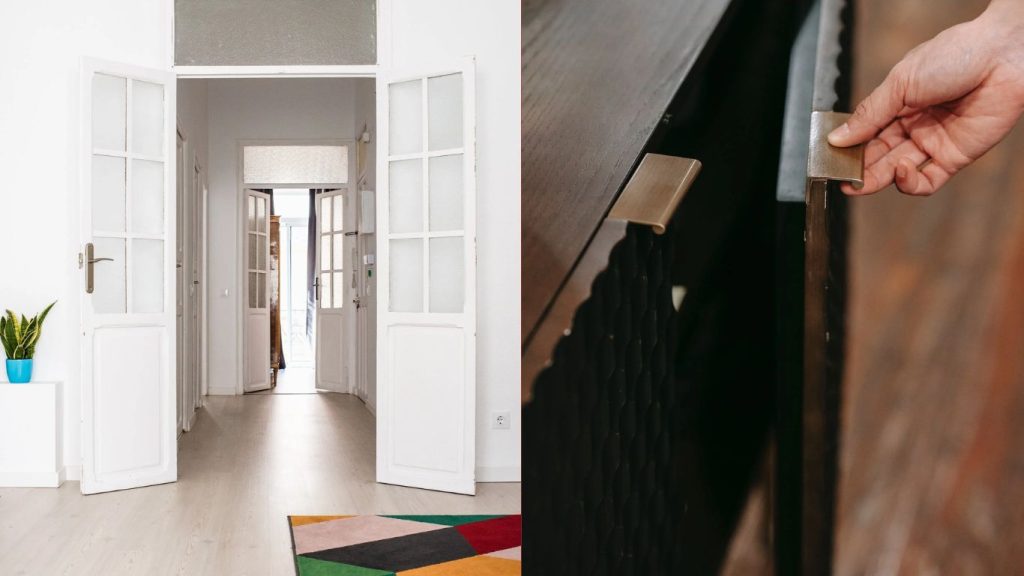
When it comes to preventing freezing pipes, it’s all about insulation. The more insulation you have around your pipes, the less likely they will freeze. However, insulation may not be enough to keep the pipes from freezing during a power outage if the ambient temperature is less than 20 degrees Fahrenheit. This is where holding cabinets and doors open comes in.
The logic behind this technique is evident and effective but something that’s easily overlooked.
When you open the doors of cabinets and rooms that are near pipes, it allows warmer air to circulate around them. This can help to keep the pipes above freezing temperatures and prevent them from freezing.
Additionally, keeping bathroom doors open can also be beneficial, as the bathroom’s warmth can help keep the pipes in other areas of the house above freezing.
For the best result, it’s essential to open the doors of all the cabinets and rooms near pipes, especially those on exterior walls. This will help ensure that warmer air is circulating around all of the lines and that they are all protected.
3 Close your garage doors
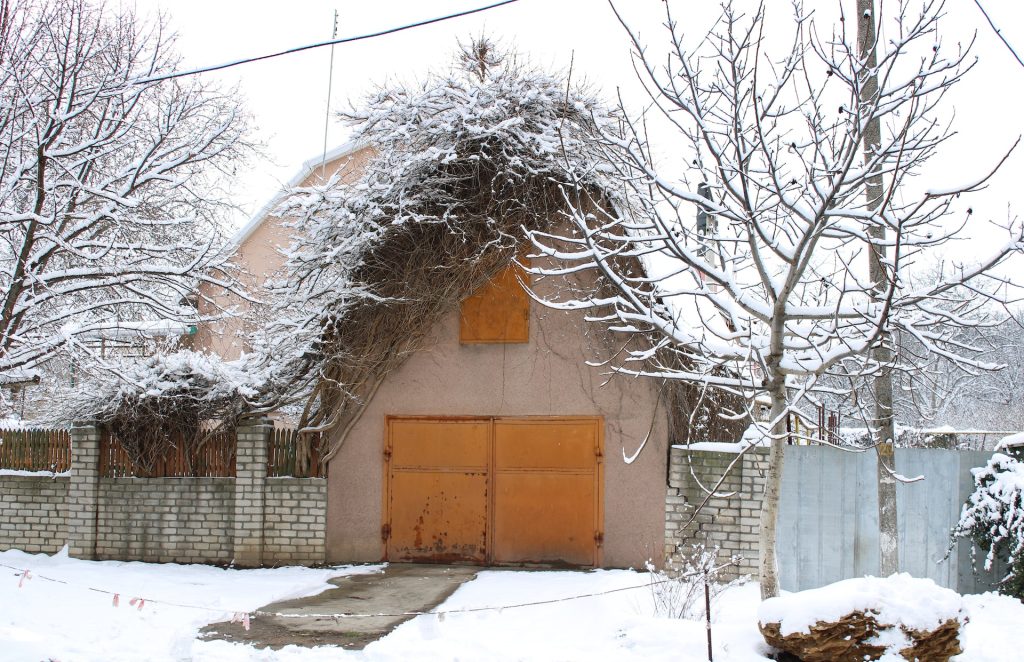
Another helpful thing to keep pipes from freezing during lack of power is keeping your garage doors closed.
It can help to insulate the space and keep the temperature inside the garage above freezing. Besides, it is vital to ensure that any pipes that run through the garage are properly insulated to help prevent them from freezing.
Make sure to disconnect the automatic door opener and manually close the door if possible. This way, if the power goes out and the door opener doesn’t work, the door will still be closed, and the garage will be insulated.
4 Letting faucets drip
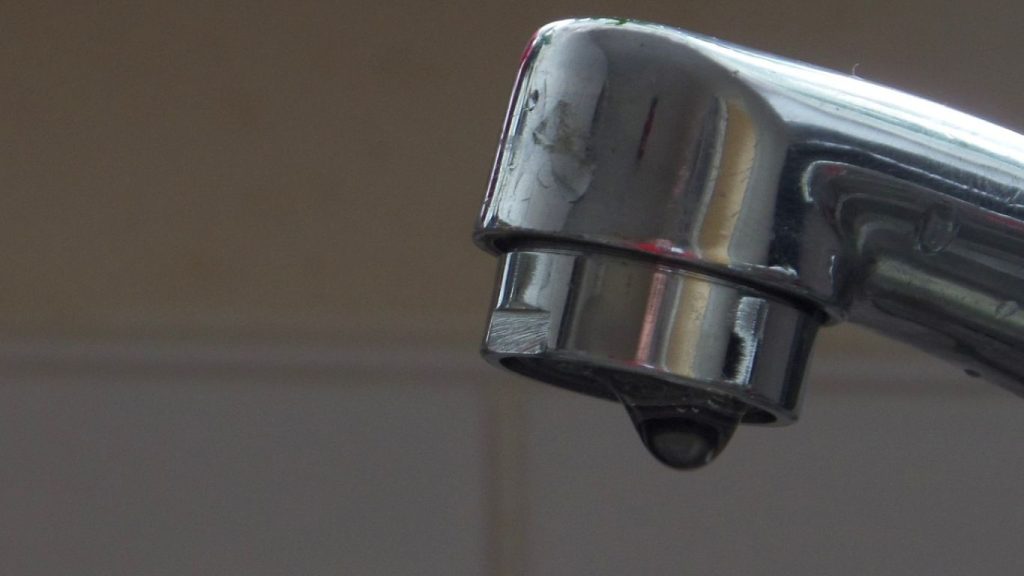
Keeping the water flowing through your pipes is one of the most effective ways to prevent them from freezing. A straightforward technique that can help with this is letting your faucets drip.
By allowing a slow stream of water to flow through your pipes, you can help relieve the pressure that can build up and cause pipes to freeze.
This technique works because a constant flow of water moving through the pipes is less likely to freeze due to the motion of the water molecules.
Likewise, by letting the water flow, you’re effectively releasing some of that pressure before it has a chance to build up and cause damage.
To implement this technique, you’ll want to first identify which faucets in your home are served by exposed pipes. These are typically the faucets that are most at risk of freezing. Once you’ve identified these faucets, you can turn them on to a slow drip.
You’ll want to ensure that the water flows at a steady, consistent rate and that it’s not just trickling out.
However, beware that letting faucets drip can increase your water bill, so you’ll want to consider that when deciding whether or not to use this technique.
Also, letting all the faucets drip in your home may not be practical or feasible.
In such cases, you can focus on the most at-risk taps, such as those located in unheated areas or near exterior walls.
5 Use a portable generator or alternative heat source
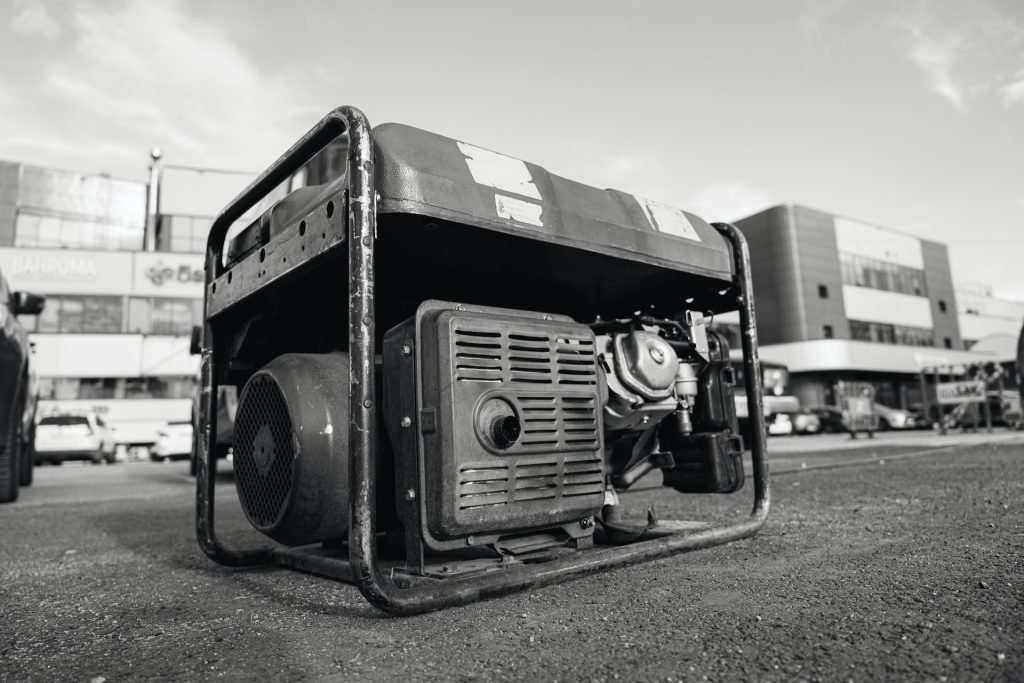
This technique is the best option when an outage is for a longer period. To prevent pipes from freezing during a power outage (especially an extended one), you can use a portable generator or alternative heat source to maintain power to your heat source.
A portable generator can provide temporary power to keep the heating system running.
In contrast, alternative heat sources like portable electric heaters, propane or kerosene heater, or wood-burning stove can keep things from freezing.
Be sure to follow all safety guidelines for the heat source you choose, and ensure the area around the heat source is well-ventilated.
Follow the methods mentioned above, like keeping doors and cabinets open in junction with this one to allow hot air to circulate throughout the house.
6 Draining water from pipes – During an extended outage
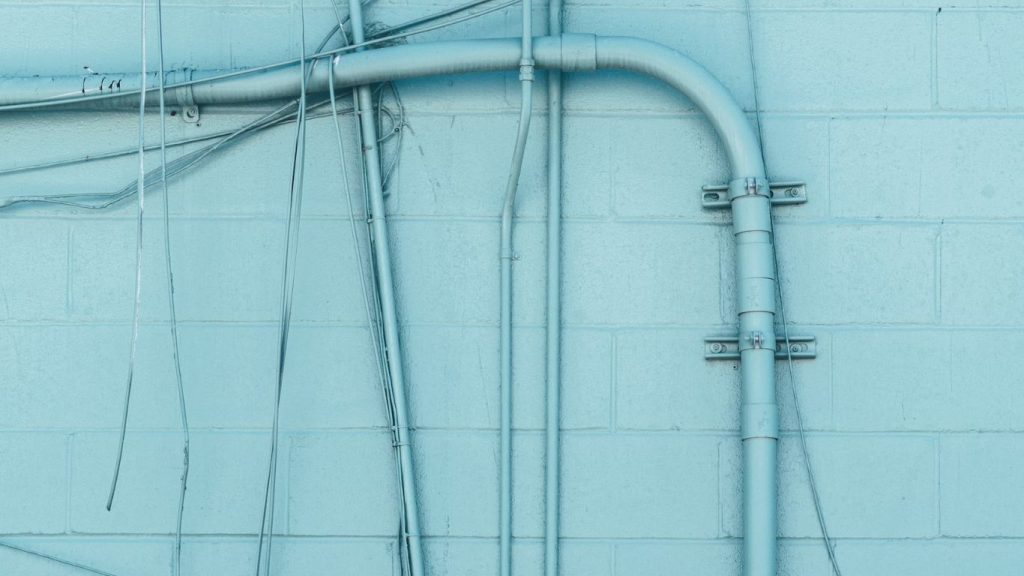
How will pipes freeze if there isn’t water in them in the first place? This method is all about that.
Draining water from pipes is perfect for keeping them from freezing during a power outage.
When the water in the pipes freezes, it expands and can cause the pipes to burst, leading to costly damage and repairs. By draining the water from the lines, you are removing the source of the potential freezing.
Here’s how you go about that most effectively:
First, go ahead and turn off the valve for the water main. It’s the valve that controls the water supply to the whole house. It will prevent any more water from entering the pipes.
Next, flush all toilets and open all your home faucets to drain as much water as possible.
Once the water has been drained, it’s a good idea to turn on the faucets again, but this time only a little bit, to allow a small stream of water to flow through the pipes. This will help to prevent the pipes from freezing by keeping them at a higher temperature.
Another important thing you should do is to shut off the valves that go to the outside spigots – it will prevent water from freezing in those pipes, which can lead to leakage into the house.
Know that draining water from pipes is only a temporary solution and should be used with other methods, such as insulating and keeping cabinets and doors open, to prevent freezing pipes.
Besides, if you’re unsure about the location of your main valve or have any questions about adequately draining water from pipes, it’s best to consult a plumber for guidance.
Planning to buy a water heater? Must check out our top recommendation for cold climates here.
What to do when pipes freeze or burst?

If pipes freeze or burst, it’s essential to take immediate action to minimize damage and prevent further problems. Here are the steps you should follow:
- Turn off the main water supply to your home to stop water from flowing into the frozen pipe.
- If the frozen pipe is easily accessible, try using a hairdryer or a space heater to thaw the frozen area. Do not use an open flame or a blowtorch, as this could cause the pipe to catch fire.
- If the frozen pipe is not easily accessible or the ice blockage is severe, call a plumber to help thaw the pipe.l
- Once the pipe has thawed, turn the main water supply back on and check the line for leaks. If there are no leaks, the pipe should be functional.
- If the pipe has burst, turn off the main water supply and immediately call a plumber to repair the damaged pipe. Only attempt to repair the line yourself if you have the proper training and experience.
- If the burst pipe is causing water damage, turn off the electrical power to the affected area, remove any standing water, and begin the cleanup process as soon as possible.
Generally, it’s best to avoid frozen pipes by correctly insulating and keeping your home warm. But if lines freeze or burst, taking prompt action is critical to minimizing the damage and preventing further problems.
Over to you!
In conclusion, preventing pipes from freezing during a power outage is a crucial task for homeowners. Taking the necessary steps to ensure your pipes are protected from freezing temperatures is essential.
There are several methods to keep pipes from freezing without power, such as maintaining cabinets and doors open to allow warmer air to circulate, insulating water pipes, letting faucets drip, using space heaters and heat cables, and draining water from pipes.
For the best results, you should focus on the areas of your home most susceptible to freezing, such as pipes located in unheated areas or near exterior walls. Additionally, it’s essential to be mindful of safety when using space heaters and heat cables and to take the necessary precautions to protect yourself and your home from fire hazards.
As a final tip, it’s important to remember that prevention is the best defense against frozen pipes.
By taking the time to properly insulate and protect your pipes, you can help ensure that your lines remain safe and functional during the cold winter months.
Will my pipes freeze if I have no heat?
Yes, pipes can freeze if there is no heat in the house. In my experience, pipes can freeze in as little as six to eight hours when the outside temperature is below 32 degrees Fahrenheit and your lines are unprotected.
The minimum temperature to keep pipes from freezing is 20 degrees Fahrenheit, according to a study by the Building Research Council.
How do you turn off the water to keep pipes from freezing?
To turn off the water to keep pipes from freezing, you should first locate the main water supply valve, typically found near the water meter or where the main water line enters the house.
Once you’ve located the valve, turn it clockwise to shut off the water. Also, it would be best to open the faucets served by the exposed pipes so that any remaining water can drip out.
Will pipes freeze if they are empty?
Pipes will not freeze if they are completely empty because there is no water present for the freezing process to occur. However, if the lines are not properly drained before being shut off, any residual water remaining in the pipes can freeze and cause damage. It’s always recommended to insulate and protect pipes from cold temperatures, even when empty.
How do you keep pipes from freezing in a vacant house?
To keep pipes from freezing in a vacant house, turn off the water supply, wrap lines, and keep the house heated to a low (non-freezing) temperature. One can also open drain valves and taps, insulate pipes, disconnect garden hoses, and flush toilets with antifreeze.
How do you unfreeze pipes quickly?
To unfreeze pipes quickly, you can use a hair dryer or heat lamp to direct warm air onto the frozen section of the line. You can also wrap the pipe with a heating pad or hot water bottle.
If the pipe is not easily accessible, you can try turning up the thermostat in your home or increasing the flow of warm air to the area with a space heater.
You should locate and open the faucet closest to the frozen area so that as the ice melts, the water can flow through the pipe and prevent it from bursting.
If the pipe has already burst, you should immediately turn off the water supply and call a plumber.

